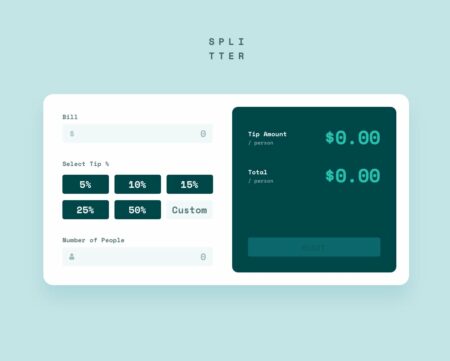Nonprofits are always on the lookout for efficient and cost-effective ways to communicate. With the advent of texting software, communication has become far more direct and immediate. In this article, we explore how texting software for nonprofits can revolutionize communication in these organizations and significantly enhance their efficiency and outreach. Keep reading to understand how your nonprofit can leverage the power of texting software to maximize its impact.
Understanding the Importance of Texting Software for Nonprofits

Alt text: A group of people gathered at a table while typing on their laptops.
Texting software is not merely a way of sending mass messages. It is a tool that allows nonprofits to reach out to their audience directly, increasing engagement and fostering stronger relationships. It enables immediate and personal interaction with supporters and beneficiaries alike.
Unlike traditional methods such as email or postal communication, texting is more instantaneous and has higher open rates. People are apt to check their messages more regularly than emails, making it a more effective way of getting your message across.
Moreover, organizations can meet the specific needs of their communication strategy, offering features like automated responses, personalization of messages, and data analysis through texting software for nonprofits.
Therefore, using texting software in a nonprofit can greatly enhance communication efficiency, engagement with the audience, and overall organizational efficiency.
Overcoming Communication Challenges with Texting Software in Nonprofit Organizations
The modern communication landscape is filled with distractions and interruptions. Emails can get lost in crowded inboxes and phone calls can be time-consuming and intrusive. Nonprofits face the challenge of engaging their audience in a way that stands out amidst all the noise.
With SMS messages, the use of texting software provides a significant advantage over other communication methods.
Moreover, texting software offers targeted and personalized communication. Individualized messages tailored to specific donor interests or beneficiary needs can greatly increase engagement rates and foster stronger connections.
Enhancing Donor Engagement Through Nonprofit Texting Software
A key aspect of a successful nonprofit is the ability to engage and retain donors. Texting software can play a vital role by providing immediate, personalized, and direct communication.
With the ability to customize messages based on the interests and needs of individual donors, texting software can generate significantly higher engagement rates than traditional communication methods. Moreover, it can keep donors regularly updated about the impacts of their donations, thus building long-term relationships.
Thus, by using texting software, nonprofits can greatly enhance donor engagement, leading to increased loyalty, support, and ultimately, organizational success.
Streamlining Organizational Processes Using Texting Software

Alt text: A person typing on their laptop in a close-up image.
Aside from communication with external stakeholders, texting software can also streamline internal communication within the nonprofit. By improving task coordination and information dissemination, it can enhance organizational efficiency.
From coordinating volunteer schedules to alerting staff about meetings and updates, texting software can improve the speed and effectiveness of internal communications. It saves time and reduces the chance of miscommunication or overlooked emails.
Therefore, in addition to external communications, texting software can be a powerful tool for streamlining internal processes and increasing organizational efficiency.
Nonprofits Achieving Increased Communication Through Texting Software
There are numerous success stories of nonprofits successfully implementing texting software and seeing the results. These organizations have strengthened donor relationships, increased volunteer participation, streamlined operations, and most importantly, improved their overall impact.
For instance, one nonprofit reached out to its supporters with personalized messages for a fundraising campaign, resulting in a substantial increase in donations. Another organization used texting software to coordinate its volunteers effectively during an emergency response mission.
Ultimately, the integration of texting software in the nonprofit sector is not just a trend, but the future of effective communication. As shown by these success stories, it is a powerful tool that can help nonprofits reach their goals and maximize their impact.




